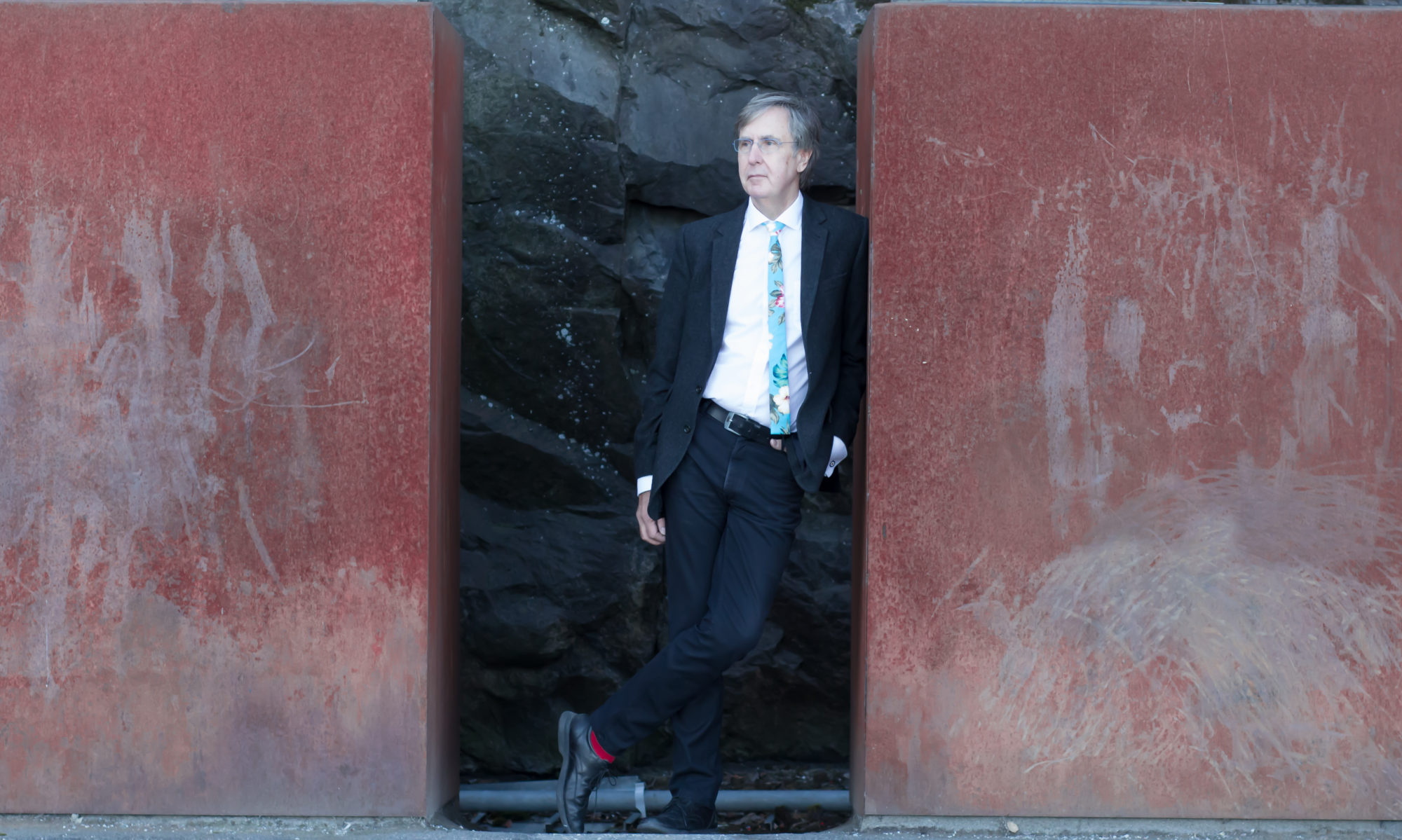In answer to a question on LinkedIn: Strategy or culture first?
It is like the hen or egg question. Drucker wrote that culture eats strategy for breakfast and Schein wrote that you will not understand the culture until you try to change it.
Culture can lead to the failure of strategy. Cultural change without strategic direction is a waste of time and energy.
So in a sense the first step is considering ideal long term strategy, where do we want to be in 7-10 years. What are the cultural impediments? Which steps can we take within the existing culture? Which cultural strategies do we need to pursue over time so as to create the preconditions necessary for reaching the long term strategies.
Many years ago I worked with a CEO working with culture and direction. Over three years three distinctive steps were made in organisational structure as the organisational culture matured. The banner goal of the company was developed early on and was not changed. But strategy evolved over time.
Culture is like fish in an aquarium. Most fish tanks have fresh eater, are oxygenated, regularly cleaned etc and the fish thrive. Some aquariums are in a dire state and the fish are sluggish if not dying. But they do not come knocking at the glass drawing your attention to the problems.
I have been in many organisations where people are aware that culture is in the walls, but they cannot diagnose the culture and definitely not identify any changes needed. Many changes in strategic intent fails as top management does not understand the importance of the social processes and actually do not know how to build a strategy for the strategy and implement it.

